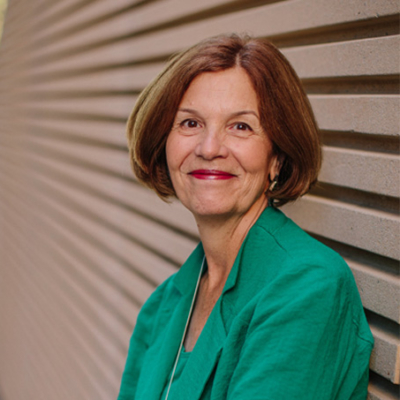California’s Prison Realignment Plan Needs Adjustments, Stanford law Professor Says
Summary
Professor Joan Petersilia analyzes the effects of California's attempts at prison realignment and proposes possible improvements for The Stanford Report.
California's shift of thousands of criminals from state prisons into county jails was intended to ease overcrowding, reduce costs and improve rehabilitation while ensuring public safety. But new research from Stanford Law Professor Joan Petersilia shows how realignment's record so far is mixed. She suggests ways to improve it.
…
When California embarked on a sweeping prison realignment plan in 2011, The Economist described it as one of the “great experiments in American incarceration policy.”
The challenge was to shift inmates from overcrowded state prisons to jails in California's 58 counties.
…
“Only time will tell whether California's realignment experiment will fundamentally serve as a springboard to change the nation's overreliance on prisons,” wrote Stanford Law School Professor Joan Petersilia, a leading expert on prison realignment, in her article in the Harvard Law and Policy Review. “It is an experiment the whole nation is watching.”
…
Counties administer the programs, but the state still pays for them, though indirect costs exist at the local level, as Petersilia points out.
“If it works, California … will have shown that it can downsize prisons safely by transferring lower-level offenders from state prisons to county systems. … If it does not work, counties will have simply been overwhelmed with inmates, unable to fund and/or operate the programs those felons needed, resulting in rising crime, continued criminality and jail overcrowding,” wrote Petersilia, co-director of the Stanford Criminal Justice Center.
…
“The public no longer believes that prisons are the answer for lower-level offenses [drug crimes, minor thefts], and also is more aware of the hugely damaging effects [inability to get a job] of imposing prison terms on those who really aren't dangerous,” said Petersilia, who also has forthcoming research on prison policy.
The California Constitution requires the state to notify victims and give them a chance to be heard at most proceedings involving an inmate's release. But Petersilia said inmates may be released at the local or county level without any statewide mechanism for notifying victims of those decisions.
“Realignment is principally focused on prison downsizing due to a Supreme Court order to reduce prison populations. Victims were not an integral part of the legislation, and in many ways got left out of the prison downsizing discussions,” said Petersilia, who has also researched the specific issue of victims' rights in a post-realignment California.
…
Petersilia said that prison reform in the United States in the last 100 years has gone through pendulum swings about every 10 to 20 years.
“We build up the prison population [through tough-on-crime measures] and then decide it isn't working and we are spending too much, so we then start downsizing and emphasizing community alternatives and rehabilitation,” she said.
But then crime starts increasing and the public thinks the courts are being too soft on criminals, and the pendulum swings the other direction, she said. It is a costly societal problem, especially in California, which spends about twice the national average to accommodate a parolee in the community, according to Petersilia.
“These are individuals with drug and alcohol addiction, mental illness, and few literacy and employment skills. The money isn't enough, but it isn't only about money. We don't have good programs and good implementation of programs,” she said, asserting a lack of community and political will on the prison issue.
“The pendulum keeps swinging,” Petersilia said.
Read More
